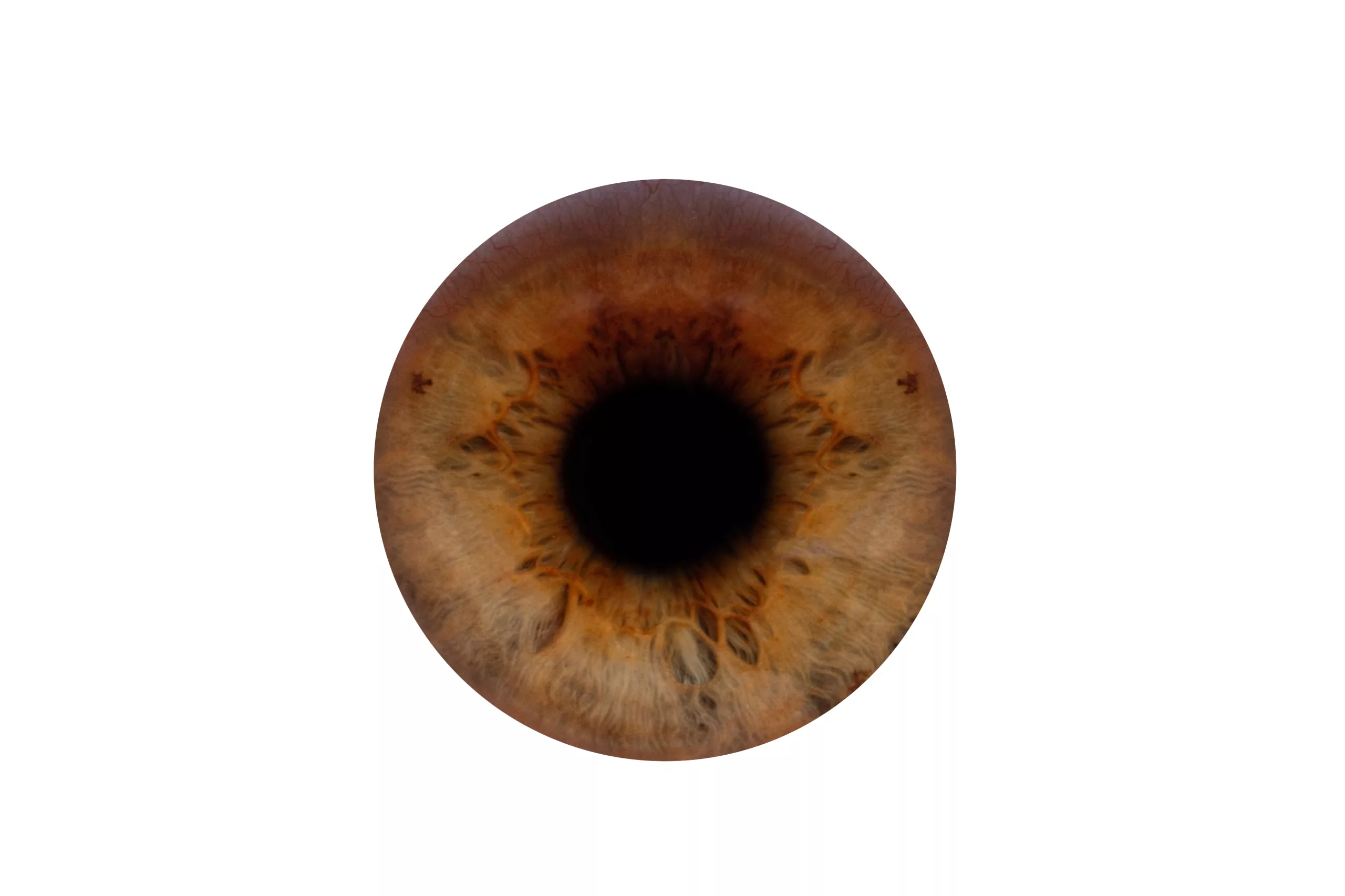Conjugate Gaze Palsies: A Comprehensive Guide
Introduction
Conjugate gaze palsies are a group of neurological conditions characterized by the inability to move both eyes in the same direction. This condition affects eye movement coordination, often leading to visual disturbances such as double vision (diplopia). Conjugate gaze palsies typically result from damage to the neural pathways that control eye movement, particularly in the brainstem. Understanding this condition, its causes, symptoms, diagnosis, and treatment is crucial for effective management and ensuring patient well-being.
What is Conjugate Gaze?
Before diving into conjugate gaze palsies, it is essential to understand what “conjugate gaze” refers to. Conjugate gaze is the synchronized movement of both eyes in the same direction to maintain binocular vision. This coordination ensures that the visual axis of both eyes aligns with the object of interest, allowing for a single, clear image. The brainstem, primarily the pons and midbrain, plays a pivotal role in controlling conjugate gaze.
Conjugate Gaze Palsies Defined
Conjugate gaze palsies occur when there is an impairment in the ability to move both eyes together in a coordinated manner. It can affect horizontal or vertical eye movements, depending on the specific neural pathway that is damaged. These palsies are often associated with lesions or damage to the brainstem regions that control the gaze centers, such as the paramedian pontine reticular formation (PPRF) or the medial longitudinal fasciculus (MLF).
Types of Conjugate Gaze Palsies
Conjugate gaze palsies can be classified based on the direction of impaired movement:
- Horizontal Gaze Palsy: The inability to move both eyes horizontally to the left or right.
- Vertical Gaze Palsy: The inability to move both eyes upward or downward.
- Internuclear Ophthalmoplegia (INO): A disorder in which there is a lack of coordination between the two eyes, often involving horizontal gaze palsy due to damage to the MLF.
- One-and-a-half Syndrome: A specific type of horizontal gaze palsy where there is paralysis of horizontal movement in one eye and limited movement in the other, usually due to a lesion affecting both the PPRF and the MLF.
Causes of Conjugate Gaze Palsies
Conjugate gaze palsies result from damage to the brainstem or its connections that control eye movement. Several neurological conditions and events can lead to such damage, including:
- Stroke: A cerebrovascular event in the brainstem can damage the neural pathways responsible for controlling eye movements, leading to gaze palsies.
- Multiple Sclerosis (MS): MS causes demyelination of nerve fibers in the central nervous system, and if the demyelination affects the MLF or other gaze centers, it can result in INO or gaze palsy.
- Trauma: Head injuries can damage the brainstem and interrupt eye movement control pathways.
- Tumors: Brainstem tumors can compress or infiltrate the regions responsible for controlling gaze, resulting in gaze palsies.
- Infections: Infections like encephalitis can affect the brainstem and cause gaze palsies.
- Neurodegenerative Diseases: Progressive supranuclear palsy (PSP) and Parkinson’s disease can impair vertical gaze due to damage in the brainstem’s gaze centers.
Symptoms of Conjugate Gaze Palsies
The symptoms of conjugate gaze palsies are primarily related to difficulties in moving the eyes together and may vary depending on the underlying cause and the direction of impaired gaze. Common symptoms include:
- Double Vision (Diplopia): When the eyes are not aligned, the brain receives two separate images, leading to double vision.
- Inability to Move Eyes in Certain Directions: The most prominent symptom is the loss of ability to move both eyes horizontally, vertically, or in both directions.
- Nystagmus: In some cases, patients may experience involuntary jerking movements of the eyes, particularly in INO.
- Abnormal Head Positioning: Patients may compensate for eye movement difficulties by tilting their heads to align their visual fields properly.
Diagnosis of Conjugate Gaze Palsies
Diagnosis of conjugate gaze palsies typically involves a thorough neurological examination along with imaging studies to identify the underlying cause. Key diagnostic tools include:
- Clinical Eye Movement Examination: A neurologist or ophthalmologist will assess the range and coordination of eye movements to determine which directions are affected.
- Magnetic Resonance Imaging (MRI): MRI of the brain, particularly the brainstem, is crucial for identifying lesions, strokes, or tumors that might be causing the palsy.
- Electrooculography (EOG): This technique measures the electrical activity of the eyes and can be used to assess eye movement abnormalities.
- Additional Neurological Tests: Depending on the suspected cause, tests for conditions like multiple sclerosis or infections may be performed, including lumbar puncture, blood tests, and evoked potentials.
Treatment of Conjugate Gaze Palsies
Treatment for conjugate gaze palsies depends on the underlying cause of the condition. The main goal is to manage the root cause while addressing symptoms. Treatment options include:
- Medications:
- Steroids: For cases related to inflammation, such as in multiple sclerosis or infections, steroids may help reduce inflammation and improve symptoms.
- Antiplatelet or Anticoagulant Therapy: For strokes, immediate treatment with antiplatelet agents or anticoagulants can limit damage and prevent future events.
- Surgical Intervention: If a brain tumor or aneurysm is the cause, surgical removal or treatment may be necessary.
- Eye Muscle Surgery: In some cases, eye muscle surgery may be considered to realign the eyes and reduce diplopia.
- Prism Glasses: These specialized lenses can help correct double vision by aligning the images seen by each eye.
- Physical Therapy: For patients with neurological conditions like stroke or trauma, physical therapy may help in compensating for the loss of eye movement.
- Botox Injections: In certain cases of strabismus associated with gaze palsy, Botox injections into the eye muscles can help temporarily alleviate symptoms.
Prognosis
The prognosis for conjugate gaze palsies varies depending on the underlying cause. In cases where the cause is reversible, such as in a mild stroke or demyelinating episode in MS, partial or full recovery of eye movement is possible. However, for progressive conditions like PSP or severe brainstem damage, the outlook may involve ongoing symptoms and progressive deterioration of eye movement.
Conclusion
Conjugate gaze palsies are complex neurological conditions that significantly impact eye movement and visual perception. Understanding the causes, recognizing the symptoms, and seeking appropriate medical intervention are essential steps in managing this condition. With advances in diagnostic techniques and treatment options, many patients can experience improvement in their quality of life. For those with irreversible damage, supportive therapies like prism glasses or physical rehabilitation offer valuable solutions to enhance daily functioning. Early diagnosis and treatment are key to minimizing long-term complications associated with conjugate gaze palsies.
World Eye Care Foundation’s eyecare.live brings you the latest information from various industry sources and experts in eye health and vision care. Please consult with your eye care provider for more general information and specific eye conditions. We do not provide any medical advice, suggestions or recommendations in any health conditions.
Commonly Asked Questions
Diagnosis and treatment often involve a neurologist, an ophthalmologist, and, in some cases, a neurosurgeon if surgical intervention is necessary for the underlying cause.
Glasses, particularly those with prism lenses, can help reduce double vision but typically cannot fully correct eye movement limitations caused by the palsy.
If left untreated, conjugate gaze palsy can lead to persistent double vision, difficulty with depth perception, and problems with balance or spatial orientation.
Yes, reducing eye strain by taking frequent breaks, using prism glasses, or adopting specific head positions to compensate for eye movement issues can help manage symptoms.
Yes, difficulty coordinating eye movements can lead to visual disturbances, causing sensations of dizziness or vertigo, especially when trying to focus on moving objects.
Recovery time varies based on the underlying cause. Some patients may recover within weeks to months, while others with neurodegenerative diseases may experience ongoing symptoms.
Yes, stress or fatigue can exacerbate symptoms of conjugate gaze palsy, especially in conditions like multiple sclerosis where eye movement may worsen with fatigue.
Conjugate gaze palsy itself is not painful, but patients may experience discomfort from associated symptoms such as double vision or headaches caused by eye strain.
Yes, while rare, conjugate gaze palsy can occur in children, typically due to congenital abnormalities, brain injuries, or neurological diseases like multiple sclerosis.
Conjugate gaze palsy involves the inability to move both eyes in the same direction, while strabismus refers to misalignment of the eyes, where one eye may turn in, out, up, or down, but both eyes can still move independently.
news via inbox
Subscribe here to get latest updates !








